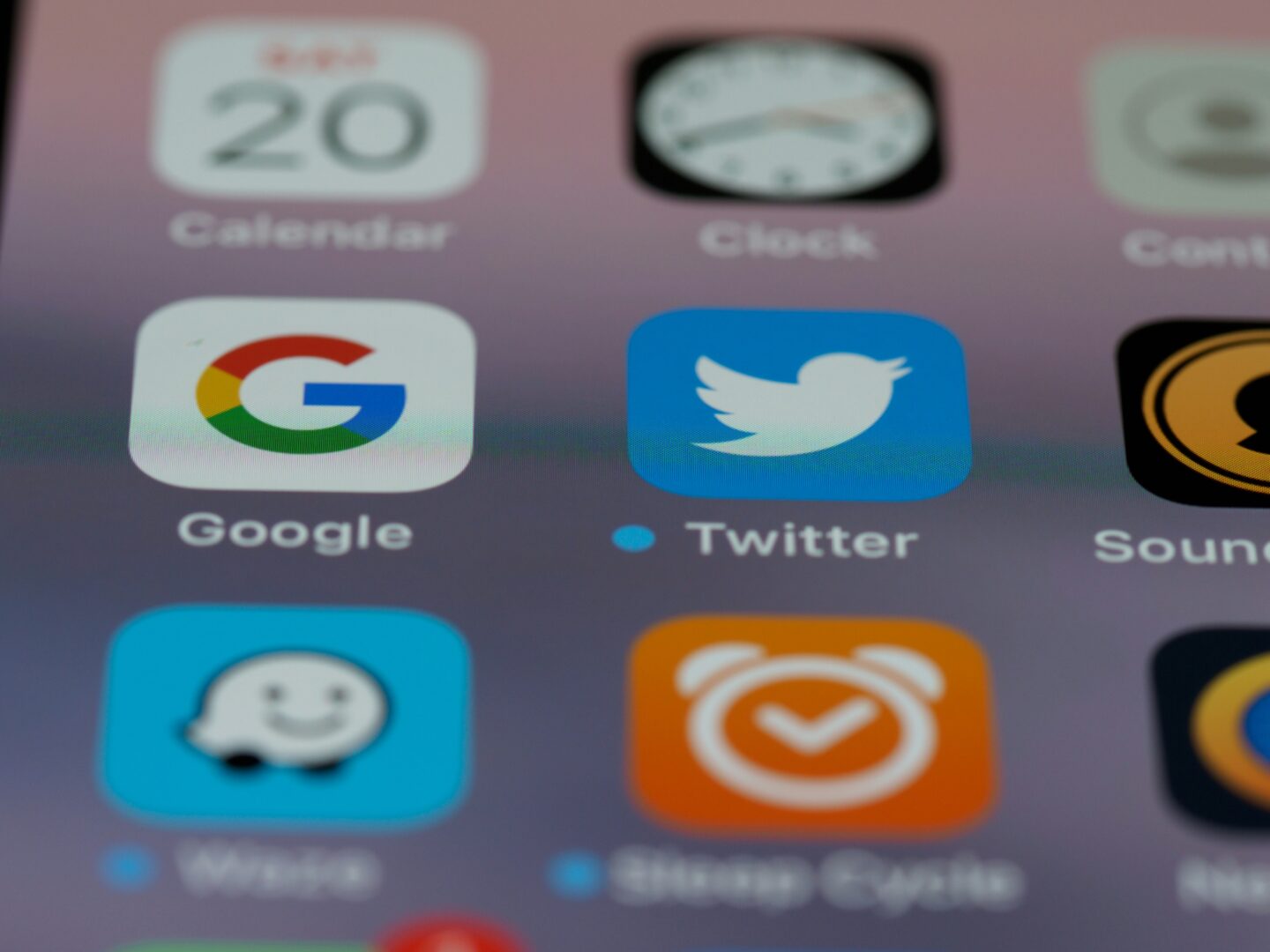Social platforms seem to be embracing ideas from years ago. Users once typed out updates, then moved to quick recordings, and now older functions are coming back. Some attribute this to nostalgia and a craving for simpler interaction.
Creators and fans remember when MySpace profiles had personal theme songs. That feature allowed users to share mood music directly on their pages. Many are excited at the thought of that concept returning in fresh forms.
Messaging apps also tried music add-ons in the past. MSN Messenger, for example, let people display tracks as their status. That tiny detail gave chat conversations a personal flair.
In recent weeks, WhatsApp has started testing a similar idea in some beta versions. Users can attach songs to a status clip or photo, picking the exact snippet they want to share. This feature adds more expression without typing a word.
Early users say its similar to Instagram’s music sticker option. Each clip can run for up to 15 seconds, matching the length of the image or video. People are hoping it will roll out soon for all users.
Musical Status Updates Gain Momentum
Music statuses turn everyday updates into small performances. Individuals who prefer subtle cues can share feelings through lyrics or melodies. This can serve as a modern alternative to writing long paragraphs.
Platforms that add these audio snippets seem to be tapping into a collective memory. It channels the days when profile songs were a big deal among friends. Many discovered new bands that way.
Music picks can act like low-key signals, letting listeners guess the user’s mood. Some might choose a melancholic track on a tough day, while others might celebrate with an upbeat anthem. This kind of personalisation encourages stronger connections.
WhatsApp’s link with Instagram’s song catalogue means there is a large selection for people to use. Users can scroll through categories or search directly. That might prompt more creativity when setting up statuses.
Feedback so far has been largely positive. Testers appreciate the nostalgia factor as well as the convenience. Many see it as a gentle nudge toward older networking customs.
More from News
- We’ve Heard Of ‘Deepfake’, But What Is ‘Cheapfake’?
- How Does Google’s AI Flights Tool Work For Travellers?
- Why Is Meta Randomly Banning User Accounts?
- A Levels: Advice From Top Entrepreneurs To Students Getting Results
- Time Is Money: How Are Business Owners Spending In 2025?
- How Will Federal Agencies Use ChatGPT Enterprise?
- Lycamobile Expansion In Italian Market Highlights Recent Retail Partnerships
- How Much Water Do Data Centres Actually Use?
The Rise Of Vertical Videos
Short video clips continue to dominate. Bluesky rolled out a vertical viewing mode, letting people swipe through content easily. X also introduced a dedicated video section.
These tweaks arrived soon after TikTok’s situation in the United States. Many suspect that platforms sense an opening if TikTok encounters regulatory setbacks. Each platform wants to become the go to place for bite-sized entertainment.
Bluesky’s new feature allows personalised feeds built around specific tags. Users can pin these curated lists for easy browsing. It creates a more structured way to watch random uploads.
X added a tab that shows trending videos in real time. Tapping the circular button at the bottom directs people to a stream of recommended clips. This attempt at capturing the short-video crowd follows the same pattern as Bluesky.
Some feel that these updates are designed to fill any vacuum left if TikTok slows down. The drive toward vertical media seems unstoppable in the present social ecosystem. Many believe it signals a turn toward flashier content.
Recalling MySpace’s Prime
MySpace stood at the forefront during the mid-2000s. Users could embed custom playlists, tweak page layouts, and chat directly in a browser tab. That sense of personalisation set it apart from later platforms.
Many recall discovering underground bands before they hit mainstream radio. The platform acted like a virtual stage for budding musicians. Fans and creators bonded over shared interests.
When Facebook came along, user counts began migrating. MySpace eventually scaled back and placed more emphasis on entertainment and musician support. It still operates, but the user base is much smaller these days.
Some original pages are still to this day active. A large chunk of data was lost in a server migration in 2015, though. Those who kept backups can still revisit their old profiles for nostalgia.
It lost ground over time, but it left a lasting impression on social media. It demonstrated how personal elements like music could deepen engagement. Some of those concepts seem to be reappearing across multiple networks.

